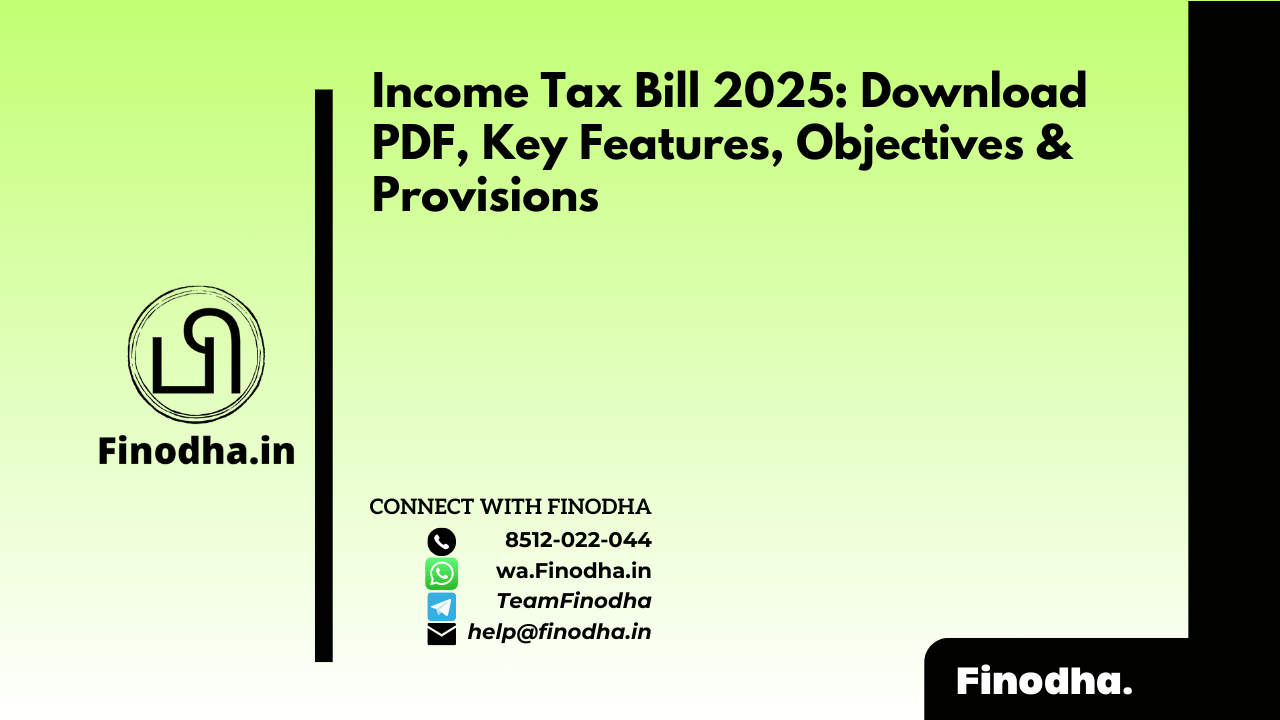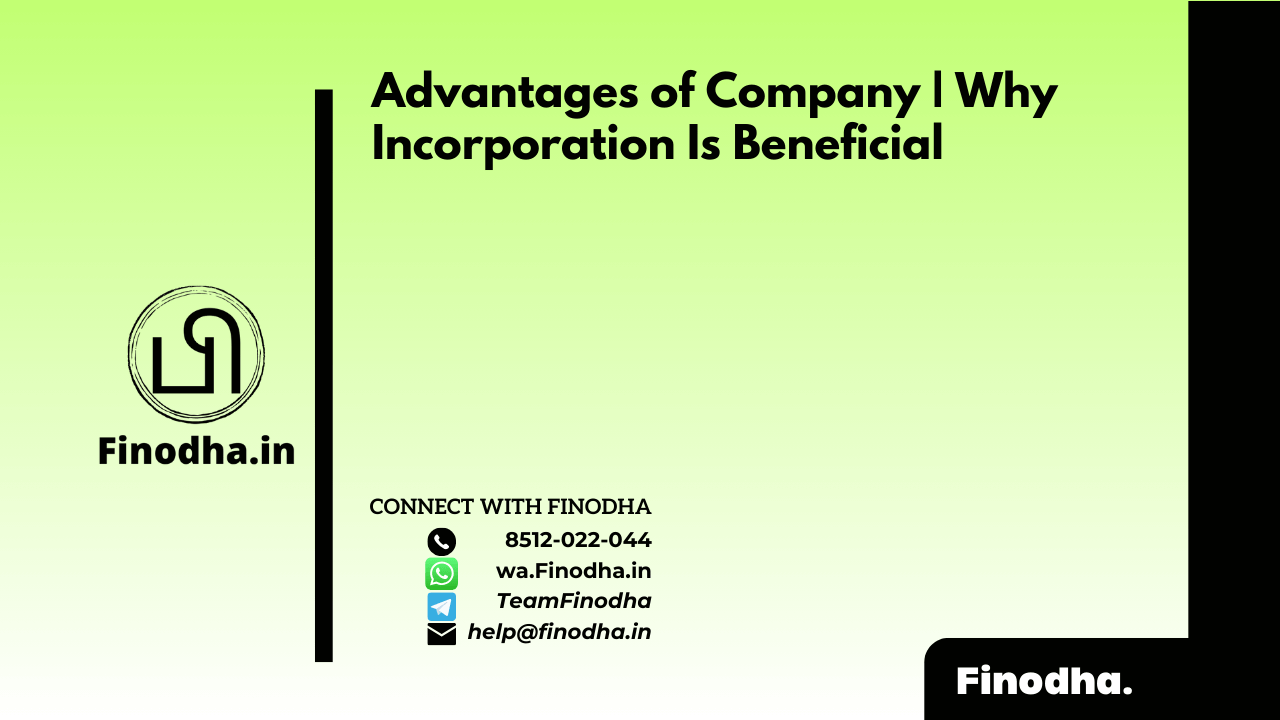Important Keyword: Income Tax, Income Tax Filing, New Tax Regime, Section 115BAC.
Table of Contents
Section 115BAC: New Tax Regime
In the 2020 budget, Finance Minister Nirmala Sitharaman unveiled a novel tax framework embodied in section 115BAC of the Income Tax Act, 1961, exclusively tailored for individuals and Hindu Undivided Families (HUF). This revamped tax structure boasts reduced income tax slab rates while bidding adieu to various rebates, exemptions, and deductions.
Despite the allure of lower slab rates, a substantial cohort of taxpayers continued to adhere to the old tax regime when filing their Income Tax Returns (ITR). In a bid to streamline compliance and entice more taxpayers towards the new regime, the finance minister recalibrated the tax slabs and rates under the new framework. Consequently, the new regime was ordained as the default tax structure for taxpayers commencing from the financial year 2023-24.
New Tax Slab Rates
The below table shows the new income tax slabs and rates under the new regime for FY 2023-24/AY 2024-25 onwards:
| Tax Slab | Tax Rate |
| Up to INR 3,00,000 | Nil |
| INR 3,00,001 – 6,00,000 | 5% |
| INR 6,00,001 – 9,00,000 | 10% |
| INR 9,00,001 – 12,00,000 | 15% |
| INR 12,00,001 – 15,00,000 | 20% |
| Above INR 15,00,000 | 30% |
Modifications in the New Regime as per Budget 2023
Under the new tax regime, taxpayers are provided with the flexibility to opt for and file their Income Tax Returns (ITR) under the old tax regime if they prefer. However, it’s noteworthy that the new regime will serve as the default tax structure, meaning any return filed after the due date will be processed under this framework.
One of the notable changes under the new regime is the revision of the rebate under section 87A. Previously set at INR 12,500, it has now been increased to INR 25,000. Consequently, individuals earning up to INR 7,00,000 are exempt from paying any tax.
Moreover, the introduction of a standard deduction of INR 50,000 for salaried individuals, pensioners, and family pensioners aims to provide further relief. Additionally, the highest rate of surcharge on income exceeding INR 5 crore has been reduced to 25% from 37%, resulting in a reduction of the maximum marginal rate to 39% from 42.74%.
Furthermore, marginal tax relief has been extended to taxpayers with taxable incomes ranging between INR 7 lakhs to INR 7.5 lakhs after accounting for eligible deductions. This adjustment ensures that individuals are taxed only for income slightly above the INR 7 lakhs threshold. For instance, if your total taxable income amounts to INR 7,10,000, the tax payable will be INR 10,000 instead of the previous INR 26,000.
Changes in Deductions and Exemptions under section 115BAC
The Budget 2020 introduced significant changes to the tax landscape by eliminating various tax exemptions and deductions under the new tax regime, resulting in simplified tax compliance. Here’s an overview of deductions that have been removed according to clause (i) of sub-section (2) of section 115BAC:
- Leave travel concession (section 10(5))
- House rent allowance (section 10(13A))
- Official and personal allowances, excluding prescribed ones (section 10(14))
- Allowances to MPs/MLAs (section 10(17))
- Allowance for the income of minors (section 10(32))
- Exemption for SEZ unit (section 10AA)
- Standard deduction, entertainment allowance, and employment/professional tax (section 16)
- Interest under section 24 for self-occupied or vacant property (section 23(2))
- Additional depreciation (section 32(iia))
- Deductions under sections 32AD, 33AB, 33ABA
- Various deductions for donations or expenditure on scientific research under section 35
- Deductions under sections 35AD or 35CCC
- Deduction from family pension under section 57(iia)
- Deductions under chapter VIA, including sections 80C, 80CCC, 80CCD, 80D, 80DD, 80DDB, 80E, 80EE, 80EEA, 80EEB, 80G, 80GG, 80GGA, 80GGC, 80IA, 80-IAB, 80-IAC, 80-IB, 80-IBA, etc. However, deductions under section 80CCD(2) (employer contribution to the employee’s notified pension scheme), 80CCH (investment in Agni Veer Fund), and section 80JJAA (for new employment) remain claimable.
Set-off of Losses and Unabsorbed depreciation as per section 115BAC
Under section 115BAC of the Income Tax Act, losses incurred from house property can only be offset against other income from house property. Additionally, these losses cannot be carried forward in the new income tax regime.
Similarly, in the case of business income, individuals or Hindu Undivided Families (HUFs) are not allowed to claim set-off of brought forward business losses or unabsorbed depreciation. Moreover, they cannot carry forward such losses to the extent they pertain to deductions or exemptions withdrawn as per clause (i) of sub-section (2) of section 115BAC.
Opting for the new scheme
As per income tax regulations, individuals with business income are required to submit Form 10-IE before the due date for filing their Income Tax Return (ITR). For cases not requiring audit, the due date is July 31st, and for cases where audit is applicable, the due date is October 31st. These submissions must be made through the IT Portal.
Income Tax Slab and Rates under New Regime for FY 2022-23
| Income Tax Slab | Tax Rate |
| Up to INR 2,50,000 | Nil |
| INR 2,50,001 – 5,00,000 | 5% |
| INR 5,00,001 – 7,50,000 | 10% |
| INR 7,50,001 – 10,00,000 | 15% |
| INR 10,00,001 – 12,50,000 | 20% |
| INR 12,50,001 – 15,00,000 | 25% |
| Above INR 15,00,000 | 30% |
Switching between Old Tax Regime & New Tax Regime
Business Income
For individuals with business income, the choice between the old and new tax regimes isn’t an annual decision. Once they opt for the new tax regime, they’re only allowed to switch back to the old tax regime once in their lifetime. After reverting to the old regime, they cannot choose the new tax regime again.
In practical terms, individuals with business income may need to complete Form 10-IE twice: first, to transition to the new tax regime, and later, if they decide to return to the old regime.
Non-Business Income
Individuals with salaried income and no business income enjoy more flexibility. They have the option to choose between the old and new tax regimes each year. This allows them to evaluate their tax situation annually and select the regime that best suits their financial circumstances.
Read More: Section 194P- Exemption from ITR filing for senior citizen
Web Stories: Section 194P- Exemption from ITR filing for senior citizen
Official Income Tax Return filing website: https://incometaxindia.gov.in/




